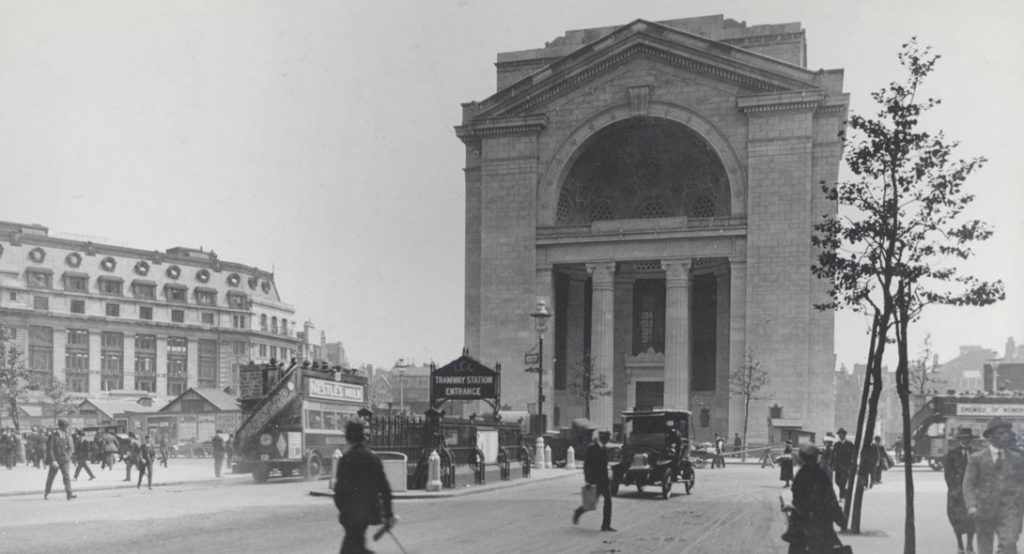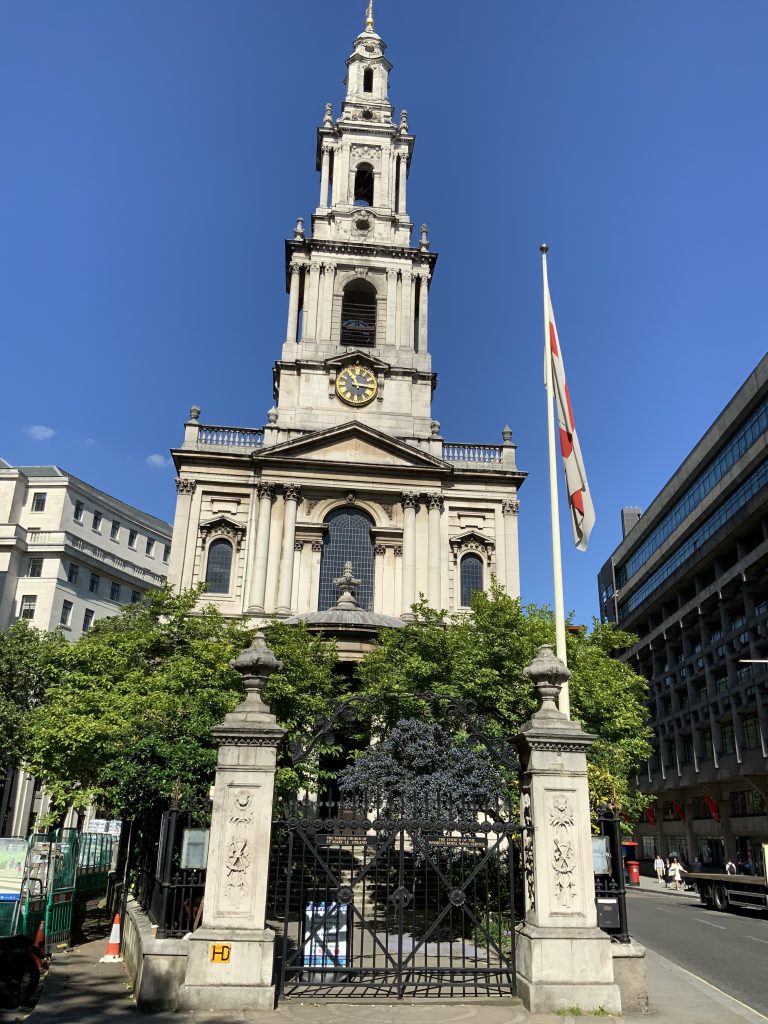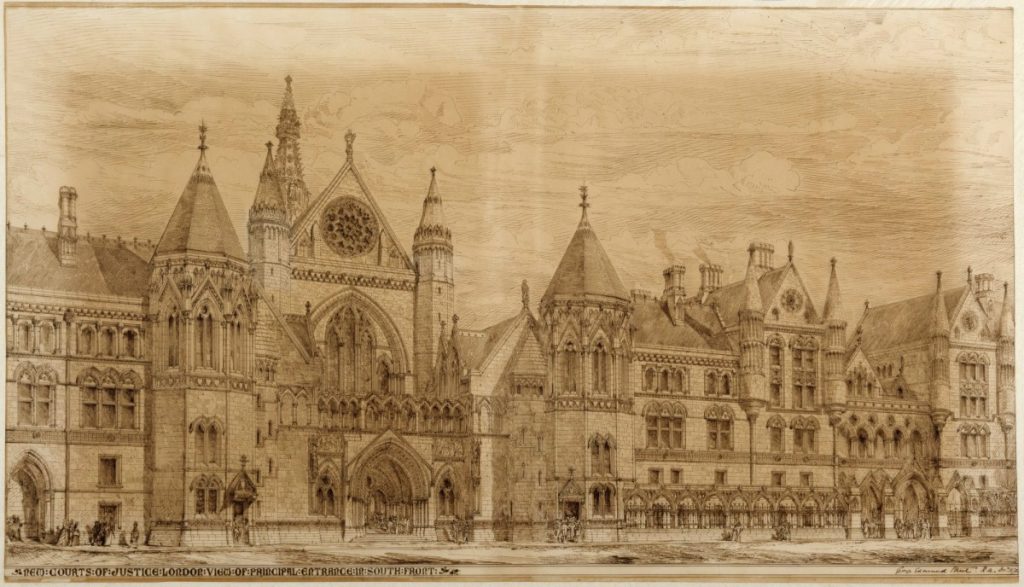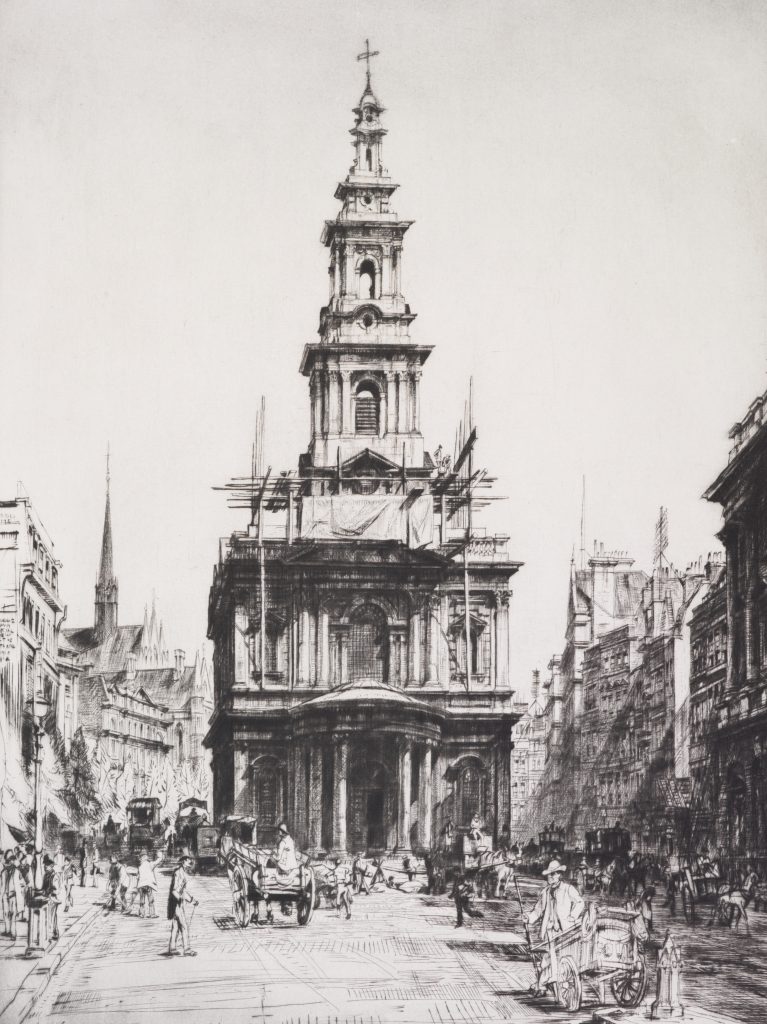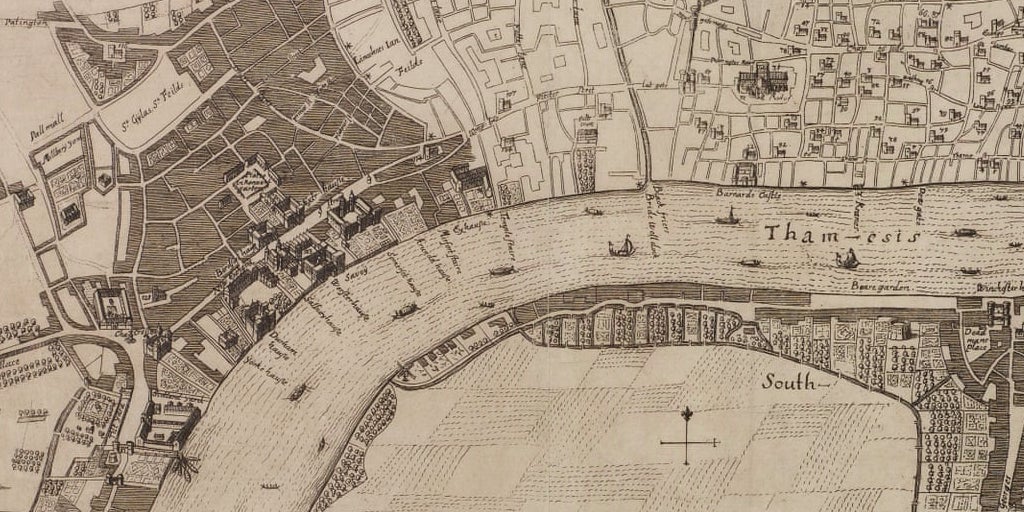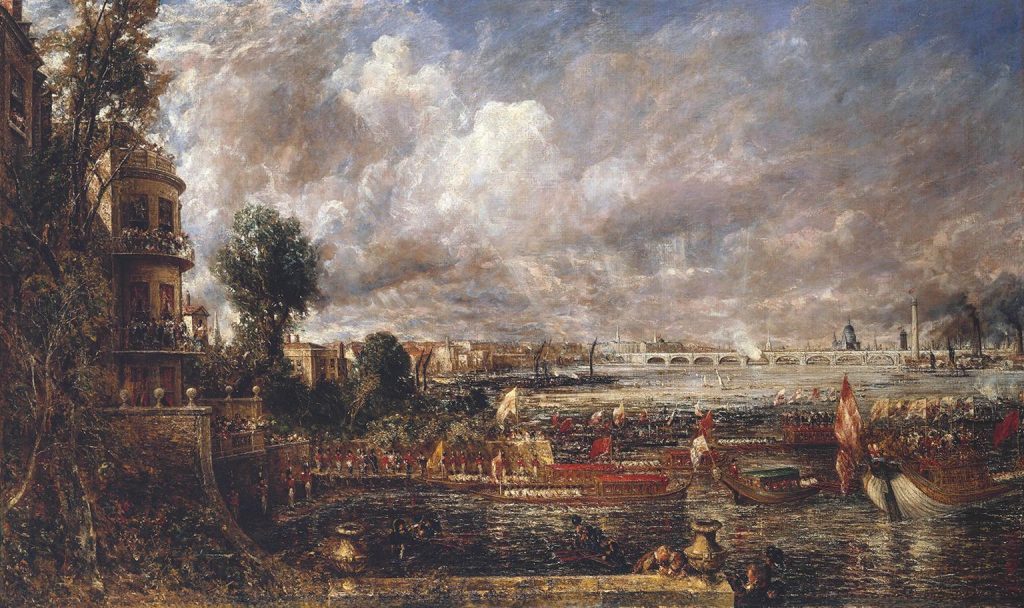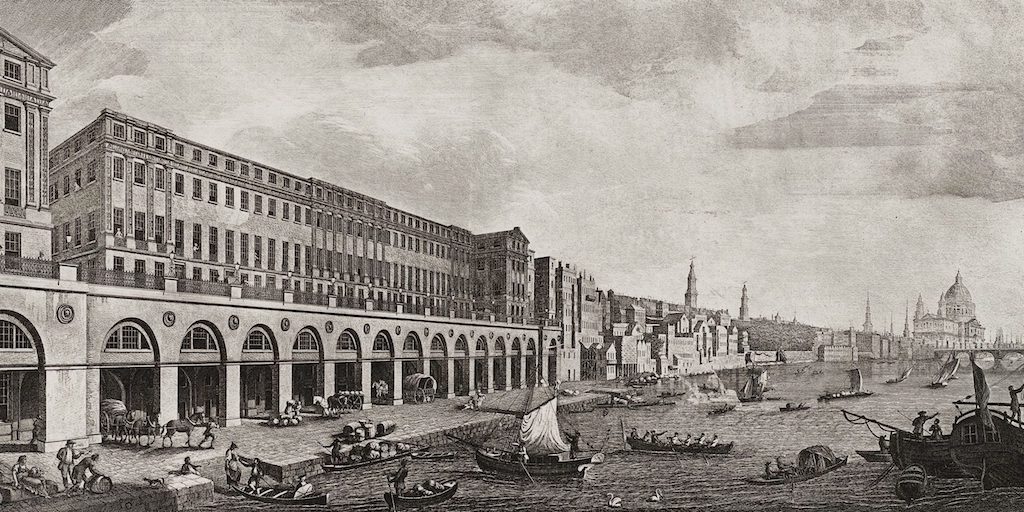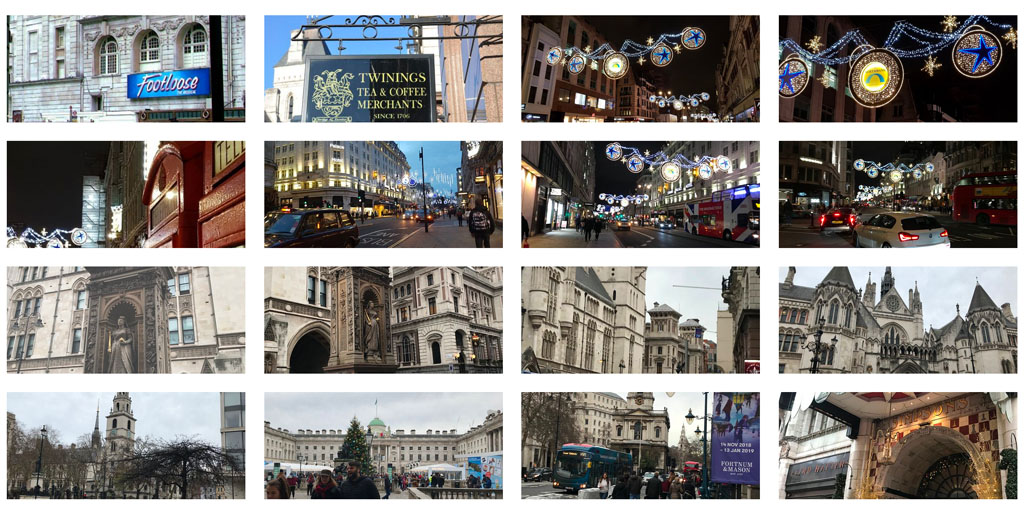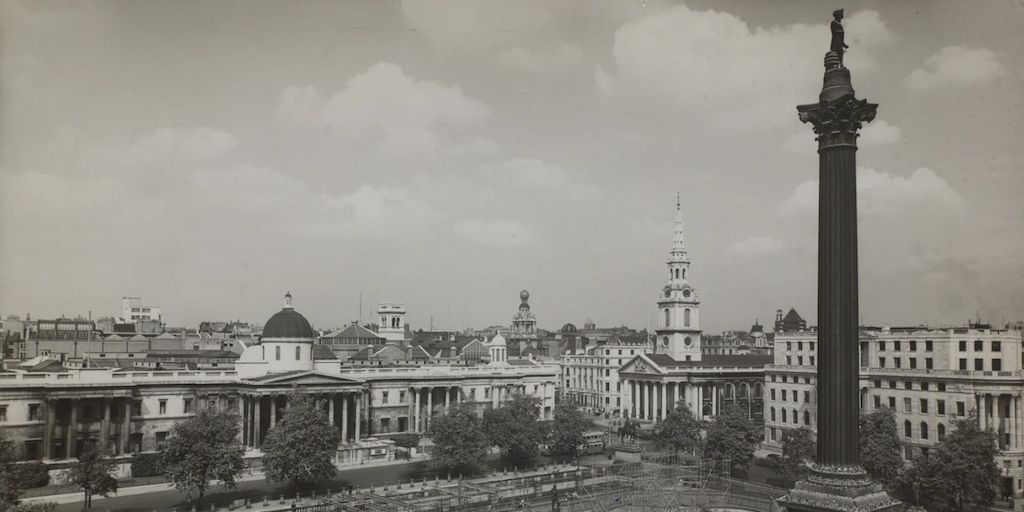Architecture
Building Bush House: Britain and America’s ‘Special Relationship’
Before Bush House was home to the BBC or, more recently, to King’s students, it was a personal project of one Irving T. Bush within his larger agenda of cementing America and Britain as pillars of international trade. Bush’s vision for an international trade centre was unlike the primarily electronic centres of exchange we might…
Read MoreSt. Mary-Le-Strand – its history and a special announcement
As promised, we reveal the bonus footage from our talk with Canon Peter Babington, Priest -in-charge of St. Mary-Le-Strand about its history and a special announcement! The first video reveals some of St. Mary’s history, which we also explore in our previous post on the Island Churches, but also some stories that are not as…
Read MoreGeorge E. Street’s Royal Courts of Justice: architectural visions of the Strand
In 1873, George E. Street began building his most visible architectural project: the Royal Courts of Justice. The project, which required eleven years of construction, became one of his last, as Street did not live to see the Courts completed in 1882. According to Street’s son, the New Law Courts project, as it was called…
Read MoreThe Island Churches of the Strand
Many King’s students have likely passed the ‘Island Churches’ of the Strand as they make the pilgrimage from Somerset House to the Maughan Library. Likewise, many Strand dwellers may recognise their spires from afar, perhaps unaware of their history. Just a few minutes walk separate St Mary le Strand, located between Bush House and the…
Read MoreStrandlines by Nora Geist
February is LGBTQ+ History Month in the UK! Strandlines invites contributions from all Strand-dwellers, visitors, and dreamers all year round, however, we launched a call this year for contributions to mark the History Month. The post and photographs below were contributed by Nora Geist. Thank you, Nora, for sharing your own ‘strands’ with us! We…
Read MoreSpeculation and Urban Planning after the Great Fire
In the wake of the Great Fire of London (September 1666), many speculative entrepreneurs reinvented themselves as urban developers. These individuals were the major figures of the modernisation of London’s street network. Laying out regular streets over freshly-bought land and building rows of similar (if not identical) terrace houses proved the best way to maximise…
Read MoreTwo Short Accounts on the Old Waterloo Bridge
Before structural issues led to a redesign (resulting in Giles Gilbert Scott’s concrete bridge built in 1942), Waterloo Bridge was considered the most beautiful of all London’s bridges, whose aura was captured more than once by artists: including Constable and Monet during his stays at the Savoy. The following accounts, one by an English archeologist…
Read MoreThe Adelphi and Robert Adam
By the end of the eighteenth century, the Strand had become the theatre of one of London’s most adventurous architectural enterprises: the Adelphi. Four Scottish brothers Robert, John, James, and William Adam endeavored to transform a slum into a fashionable quarter, and in doing so, to promote their dream of social and artistic uniformity, equity,…
Read MoreWhy visit the Strand (according to reviews)
With lockdown one easing, Londoners and tourists are beginning to explore the city or return to their places of work. Of course, for some essential workers, the Strand has continued to be a part of daily life. As for me, I’m lucky that my job can be done from home, and I am nervous about…
Read MoreThe Strand as photographed by Anthony Frank Kersting
Anthony Frank Kersting was a prolific (and under-celebrated!) photographer of the 20th century. His collection of thousands of photographic prints and negatives, including glass plates, have been held at the Conway Library at the Courtauld Institute of Art since his death in 2008. The collection is being digitised as part of a huge project that…
Read More
